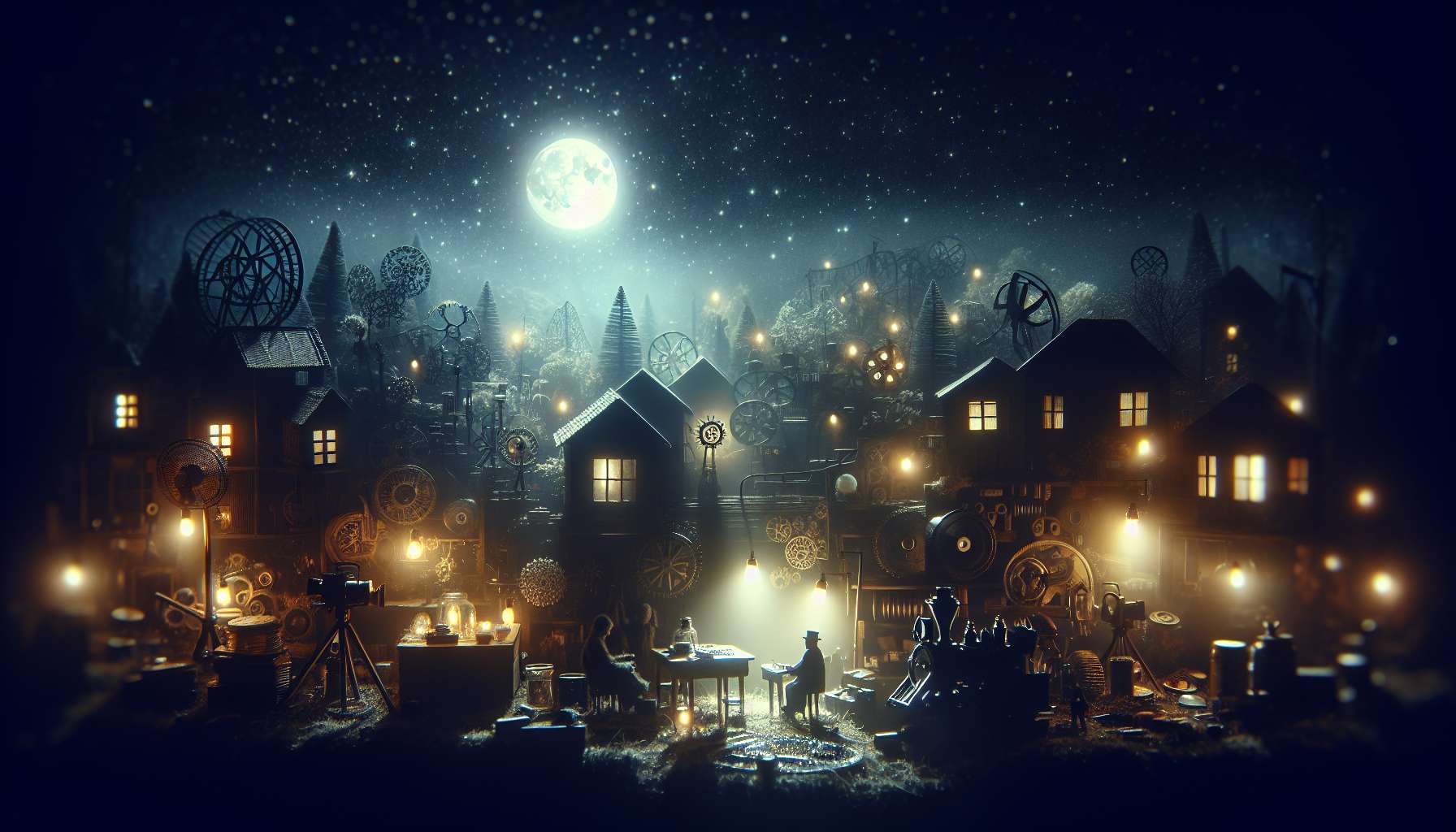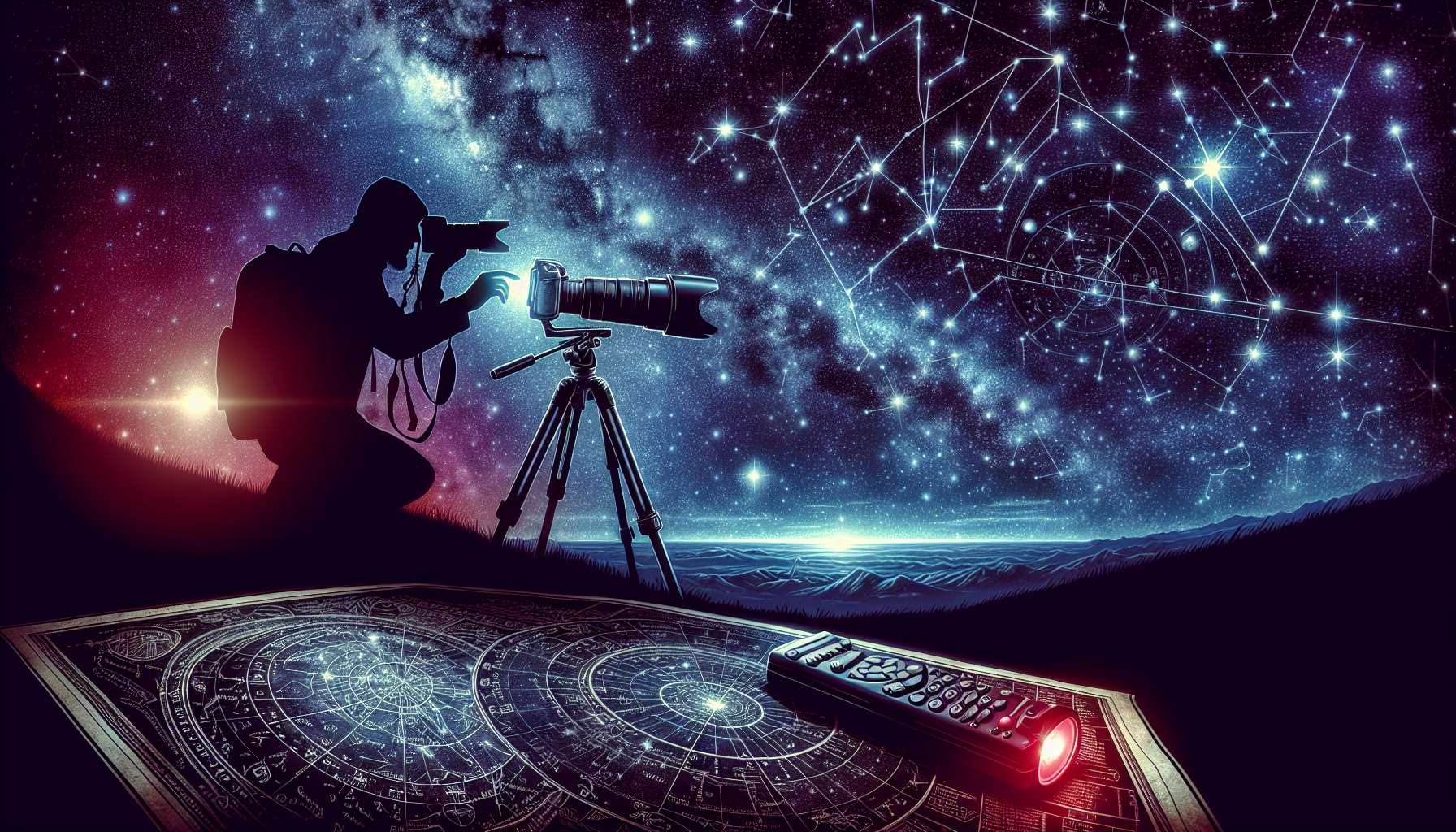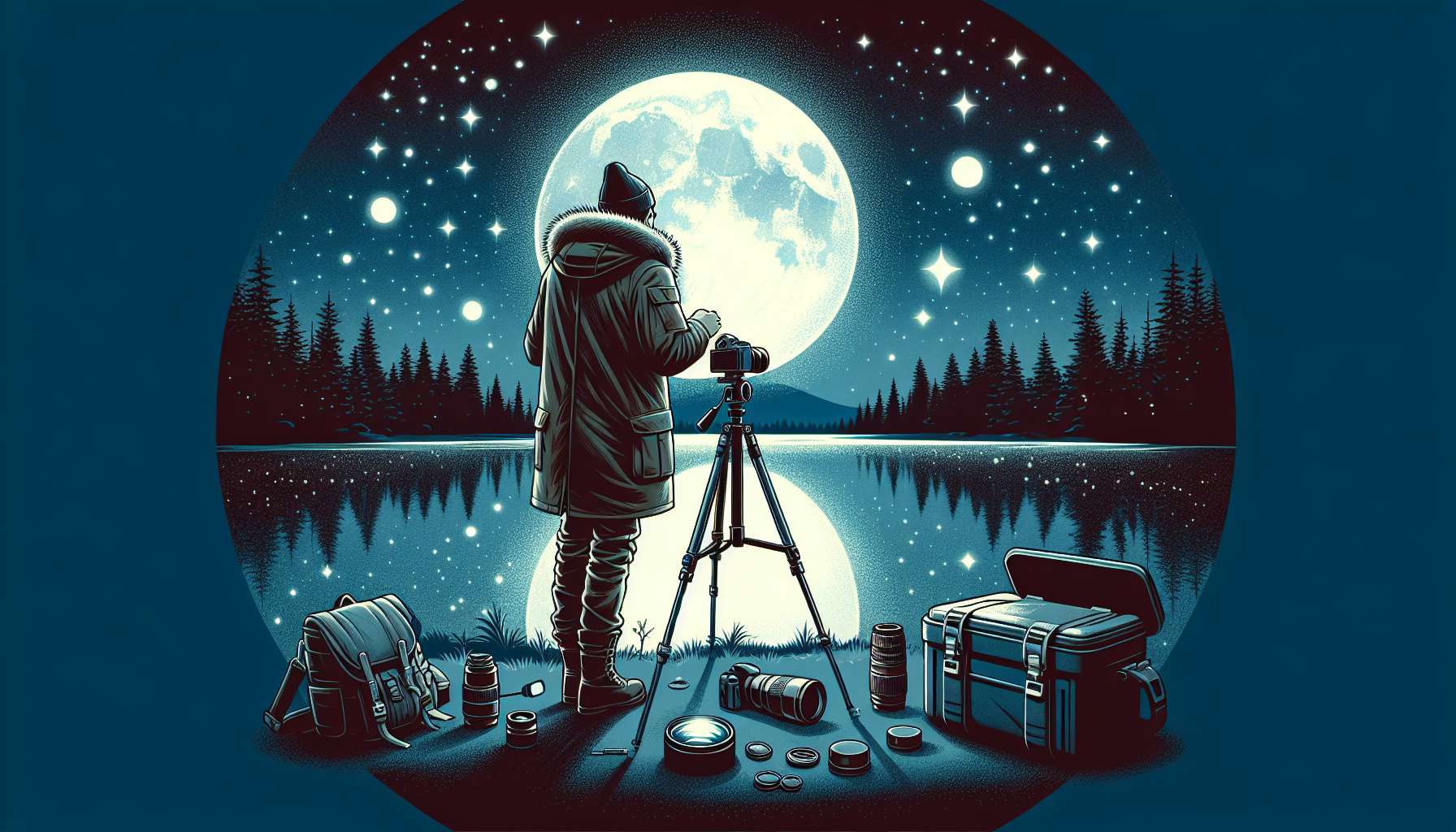Nocturnal Narrative in Photography: Capturing the Beauty of the Night
Photography, as an art form, has the power to capture moments that are often fleeting. From landscapes to portraits, photographers have the ability to freeze time and preserve memories. One aspect of photography that has gained significant attention in recent years is the concept of ‘nocturnal narrative’. The night presents a unique set of challenges and opportunities for photographers, allowing them to create dramatic and evocative images that tell a story. In this article, we will explore the world of ‘nocturnal narrative in photography’, delving into its history, techniques, and impact on the art world.
The History of Nocturnal Narrative
The use of night photography dates back to the early days of the medium. In the 19th century, photographers experimented with long exposure times to capture images in low light conditions. Artists like Brassai and Bill Brandt further popularized night photography in the mid-20th century, using the darkness of the night to create moody and atmospheric images. Today, advancements in technology have made it easier for photographers to capture stunning images in low light, leading to a resurgence of interest in ‘nocturnal narrative’.
Techniques for Capturing Nocturnal Narrative
Photographing in low light conditions presents a unique set of challenges for photographers. Here are some key techniques to keep in mind when capturing ‘nocturnal narrative’:
1. Long Exposure
One of the most common techniques used in night photography is long exposure. By keeping the shutter open for an extended period of time, photographers can capture the movement of light in a scene, creating stunning light trails and a sense of motion.
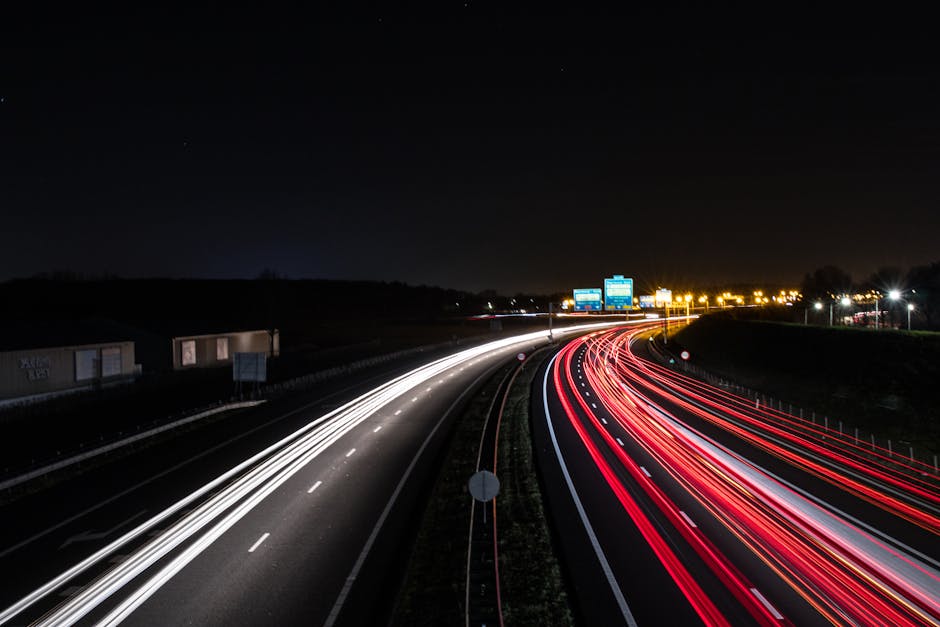
2. Light Painting
Light painting is another popular technique in ‘nocturnal narrative’. By using a light source to paint light onto a scene during a long exposure, photographers can create surreal and otherworldly images that are full of drama and mystery.
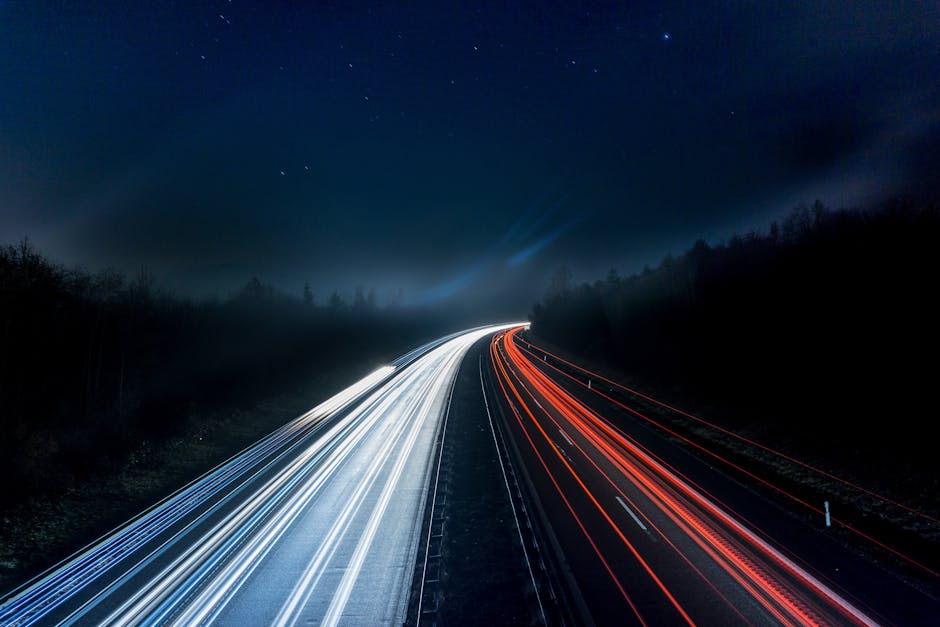
3. High ISO
Increasing the ISO setting on your camera allows you to capture more light in low light conditions. However, be mindful of noise that can result from high ISO settings, and use noise reduction techniques to maintain image quality.
The Impact of Nocturnal Narrative in Photography
‘Nocturnal narrative’ in photography has the power to evoke emotions and create a sense of mystery and intrigue. By capturing the beauty of the night, photographers can transport viewers to a different world, where darkness and light coexist in perfect harmony. The use of ambient light, artificial light sources, and creative techniques can transform an ordinary scene into a work of art.
Case Studies in Nocturnal Narrative
Let’s take a look at some examples of photographers who have mastered the art of ‘nocturnal narrative’:
1. Vincent Laforet
Known for his aerial photography, Vincent Laforet has also captured stunning night scenes in cities around the world. His use of long exposure and creative composition techniques creates a sense of drama and grandeur in his images.

2. Timo Lieber
Timo Lieber’s series ‘Thaw’ explores the beauty of the Arctic landscape at night. His use of soft, ambient light and long exposure techniques captures the ethereal quality of the frozen landscape, creating images that are both haunting and beautiful.

Expert Opinions on Nocturnal Narrative
We reached out to renowned photographer and night photography expert, Sarah Anderson, for her insights on ‘nocturnal narrative’ in photography. According to Anderson, “The night provides a blank canvas for photographers to create images that are truly unique. By embracing the darkness and playing with light, photographers can unlock a world of creative possibilities.”
Common Misconceptions about Nocturnal Narrative
One common misconception about ‘nocturnal narrative’ in photography is that it requires expensive equipment and advanced technical skills. While having a good camera and understanding basic photographic principles is important, creativity and a keen eye for composition are equally crucial in capturing compelling night images.
Conclusion
In conclusion, ‘nocturnal narrative’ in photography offers a fascinating glimpse into the beauty of the night. By embracing the darkness and harnessing the power of light, photographers can create images that are both visually stunning and emotionally resonant. Whether using long exposure, light painting, or high ISO techniques, the possibilities for creative expression are endless. As technology continues to evolve, we can expect to see even more innovative approaches to capturing ‘nocturnal narrative’ in photography. So, next time you find yourself out after dark, don’t forget to look up at the night sky and see the world through the lens of a photographer.

